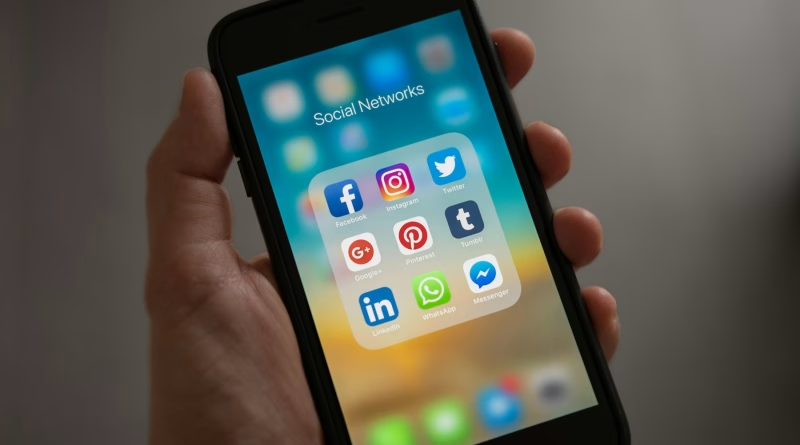‘Pay-to-Play’ Social Media: Why X, Instagram, and TikTok Are All Experimenting with Subscription-Only Features
For more than a decade, the contract of social media was simple and unspoken: the platforms are free, and in exchange, we are the product. Our attention, our data, our “likes”—all of it was packaged and sold to advertisers. This ad-supported model built multi-trillion dollar empires and fundamentally rewired our society.
That contract is now being aggressively rewritten.
You’ve seen the pop-ups and the new “premium” options. X (formerly Twitter) pushes its Premium subscription relentlessly. Meta is offering a “Verified” badge for a monthly fee on Instagram and Facebook. Even TikTok is experimenting with an ad-free subscription tier.
This isn’t just a series of isolated tests. It’s a fundamental, industry-wide shift. The era of the truly “free” social media town square is ending. Welcome to the age of the “pay-to-play” internet.
How It Started: The Paid Checkmark
The blue checkmark used to mean something. It was a badge of authenticity, a verification tool reserved for public figures, journalists, and brands to prove they were who they said they were.
Elon Musk’s takeover of X and the subsequent launch of Twitter Blue (now X Premium) shattered that norm. The checkmark was democratized, turned from a sign of verification into a subscription perk that anyone could buy. Meta quickly followed suit with “Meta Verified.” This was the Trojan horse. It normalized the idea of paying for status and features on platforms that were once created equal.
What Are You Actually Paying For?
Beyond the checkmark, these subscription tiers are bundling a new class of features designed to create a two-tiered user experience.
- Increased Visibility (The Pay-to-Win Feature): This is the most significant and controversial perk. Platforms are now openly admitting that subscribers get a boost in the algorithm. Your replies to other posts are ranked higher. Your own posts are shown to more people. In a world where attention is currency, this is a direct “pay-to-win” mechanic for online discourse.
- Exclusive Tools: Subscribers get access to a growing list of exclusive features: the ability to edit posts, upload longer, higher-quality videos, get early access to new tools, and, of course, see fewer ads in their own feeds.
- Status and Support: You get the shiny badge next to your name and, in theory, access to some form of “priority” customer support that is virtually non-existent for free users.
Why is This Happening Now?
This isn’t just corporate greed; it’s a strategic response to a changing market.
- Ad Market Volatility: The digital advertising world is more unpredictable than ever. Economic downturns and major privacy changes, like Apple’s App Tracking Transparency, have made it harder to rely solely on ad revenue. Subscriptions offer a stable, predictable, recurring revenue stream.
- The Search for New Growth: In established markets like North America and Europe, user growth for these platforms has flatlined. It’s hard to find new users, so the focus has shifted to extracting more money from the existing, most engaged “power users.”
- The Musk Effect: While the trend was bubbling, Elon Musk’s aggressive monetization of X kicked it into overdrive. He proved that a meaningful number of users were, in fact, willing to pay for features. This forced competitors like Meta to launch their own offerings to avoid looking like they were leaving money on the table.
The New Social Media Caste System
The long-term consequence of this shift is the creation of a digital caste system. The promise of a level playing field, where the best and most interesting content rises to the top organically, is being replaced by a system where those who can afford to pay have their voices amplified. The “town square” now has a VIP section.
The era of purely ad-supported social media is over. The “freemium” model is here to stay. For users, this presents a new and uncomfortable choice: are you willing to pay to be heard, or are you content having your voice deprioritized in a system that now explicitly favors those who do?




